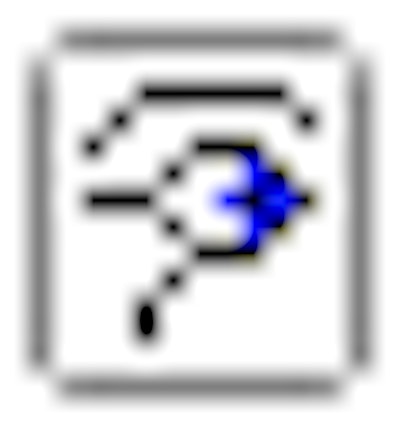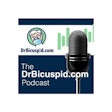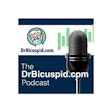
"Articulating paper is used to mark the teeth to be able to find the right spot and study the bite and assess the bite forces by looking at the ink marks and interpreting them based on size," said Robert Kerstein, D.M.D., a former assistant clinical professor at Tufts University School of Dental Medicine who specializes in prosthodontics and occlusion at his Boston-based practice. "Big marks mean lots of force, little marks mean less force. This is what has been taught in all the textbooks and dental schools for years."
n an analysis of 600 paper markings made at varying human occlusal loads on epoxy dental casts, Dr. Kerstein and colleagues from the University of Alberta determined that articulating paper mark size can vary so greatly at a given human occlusal load that an operator would be unable to determine from visually inspecting the marking which marks were forceful and which were not (Open Dentistry Journal, 2007, Vol. 1, pp. 1-7). Only 21% of the marks correlated to the applied occlusal load, while 79% of the marks did not describe the applied load that imprinted the marks to the casts, the authors reported. "What this means to the clinician is that choosing the marks to adjust based on their size is highly error-prone," Dr. Kerstein told DrBicuspid.com. "Computer analysis makes it possible to accurately measure occlusal forces in a predictable, nonsubjective way. And this computer-based method has been shown over the past 25 years to have numerous health advantages for dental patients everywhere."














